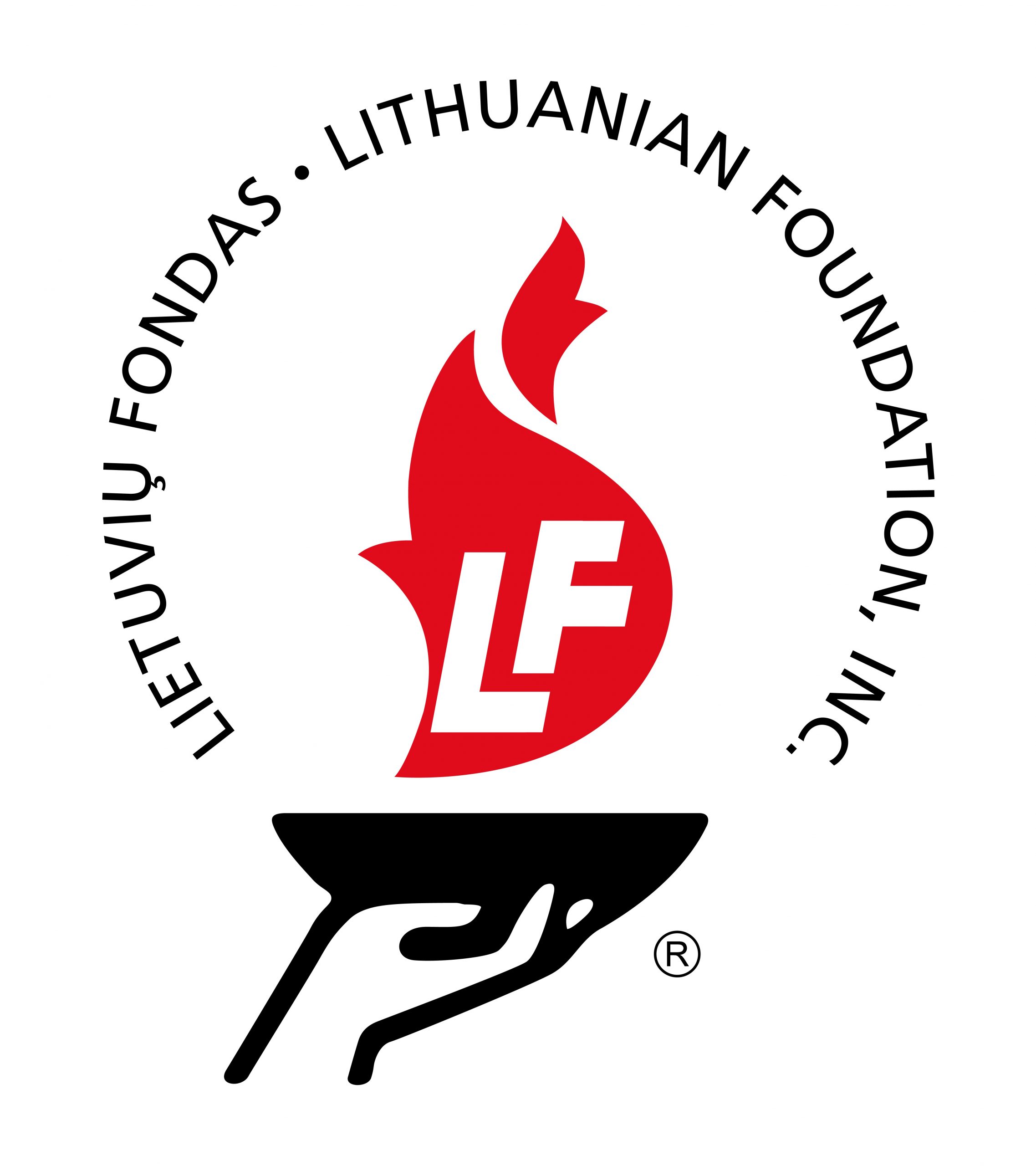Žolinė/Assumption Day
On August 15th, we celebrate Žolinė – a holiday where summer meets fall and which has been celebrated in Lithuania from a long time ago. The middle of August is a time when the most important outdoor jobs are done: crops are cut and distributed, berries and fruits are collected. At the same time, it is also a farewell to thegreen-growing plants and flowers. Day.lt and alkas.lt say this about the oldest Žolinės traditions:
„On this day, women would pick the most beautiful flowers, herbs, and would thank the Earth for its plentiful harvest. Farmers would bake fresh bread, make beer and kvass. Hoping to be safe from any illnesses, families would eat blessed vegetable and feed their animals the same. Entire families and relatives would come together to celebrate Žolinė, and even the dead were honored. There was a belief that those who wouldn’t come to celebrate Žolinė together would not become wealthy. On this day, animals would also be sacrificed and bread would be baked ritualistically: flour was made from the new harvest, the dough tossed by hand and into the fire.“
„The Žolinė bouquetwould be compiled with as many varied florae as possible: calendulas, myrtles, nasturtia, milfoils, cornflowers, and daisies, also, rye, oats, and even garden goods – beets, carrots, and cabbage. That’s why, in southeast Lithuania, this holiday was also called Kopūstinė. During Žolinė, women braided flower crowns from nine different florae. After the holiday, these crowns were dried out and saved to be used as incense at home when thunderstorms came or as tea to cure the ill.“
After Lithuania became primarily Christian, the pagan Žolinė traditions were mashed together with the Christian ones, but Žolinė falls on a church holiday – the Assumption of Mary (Feast of Saint Mary the Virgin). 15 min. writes about the beginning of this Christian holiday: „After the crucifixion of Jesus, his mother was left to live with Apostle John. After Mary’s death, the apostles guarded her grave, but instead of a body, they found the grave filled with only flowers and herbs – the Virgin Mary was taken to heaven. At that moment, a woman appeared in the sky, wrapped in the sun, with the moon by her feet and a twelve-star crown on her head. In 1950, Pope Pius XII proclaimed the Dogma of the Assumption of Mary – that Mary’s soul and body both made it to heaven. August 15th is the oldest and most respected holiday of Mary.“
Every year Lithuanian churches hold Žolinė feasts. The churches bless herbs, flowers, crops, and vegetables. 15 min. ethnologist Gražina Kadžytė was telling a story that during Žolinė, the blessed bouquets in church symbolize the entirety of life and of the world. The ethnologistmakes the point that Lithuanians, in general, like to gather flowers and herbs: „Women clipped flowers in their hair every day, would always bring bouquets to church, and used dried florabookmarks for their prayer books. That’s why a Žolinių bouquet can be considered as one of the most common symbolsof this holiday in Lithuania.“
According to G. Kadžytė, “Žolinė is a day to celebrate the growth of vegetation and give thanks for new harvest. This holiday’s roots and title lie deep in history. The name, “Žolinė” has survived from the days when we weren’t mass-farmers, but ate the gifts our grandmothers grew from the grounds. Plants were the first to habit the Earth and later became the first food of humans; grass is easy to pick as opposed to trying to catch a fish or another animal. Wildplants would save people in times of starvation. This holiday’s purpose lies in our thanks for the Earth’s vegetation.“
Sources: day.lt, 15 min., alkas.lt
Rėmėjai

